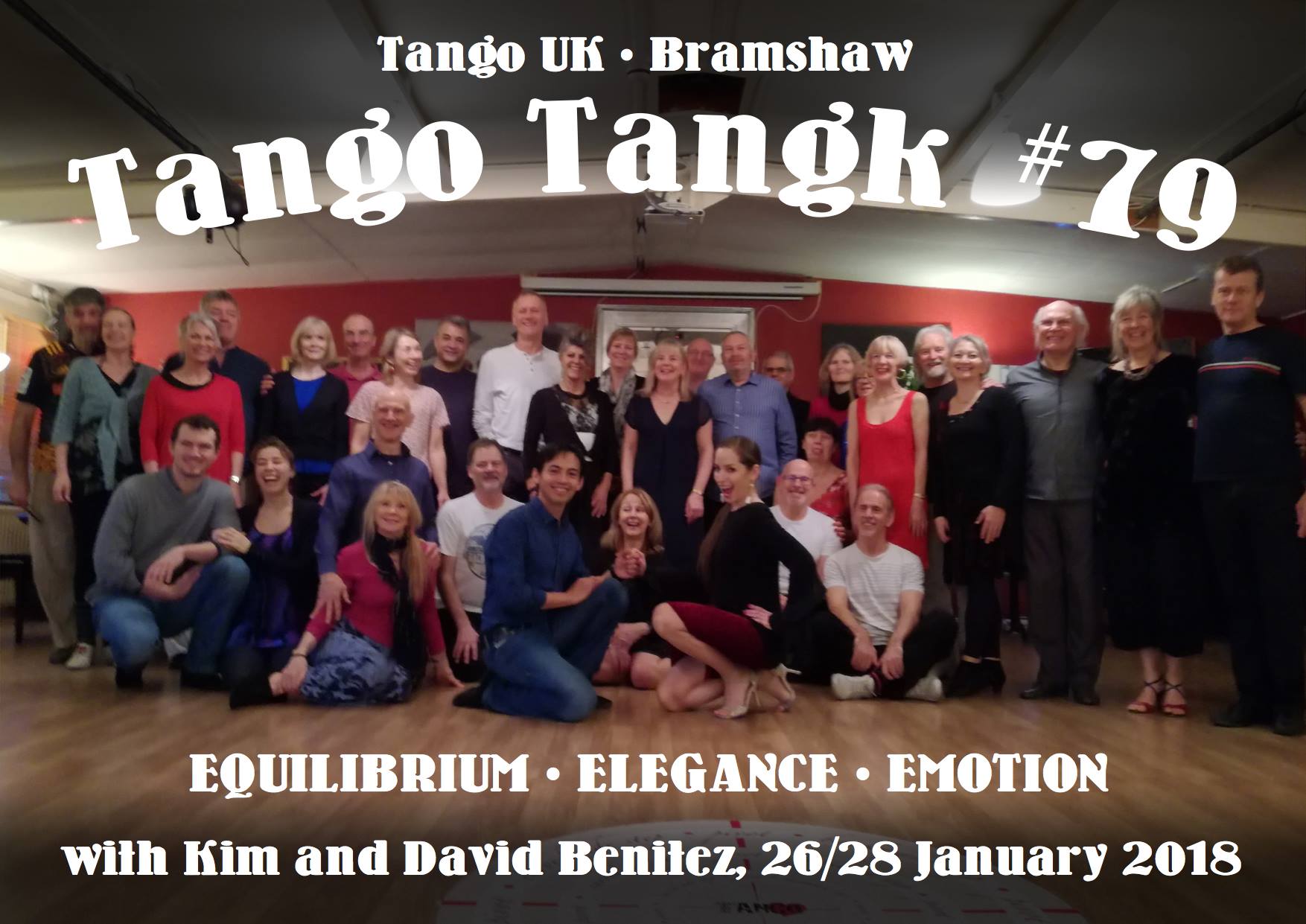Two takes on a crazy woman
- by Steve Morrall
- •
- 04 Oct, 2018
- •

How two different orchestras and styles can transform the same song
Sometimes when we think we are listening, we are only hearing. To dance to tango music and hold it foremost in our attention requires the art of deliberately listening.
I have a couple of tracks of tango music to share with you to illustrate this. And there I go again using a visual descriptor for an audio process. We take hearing so much for granted that the english language only has a few words to describe sound. To illustrate something is to enhance and describe it using visual media. I want a word to enhance and describe something in the audio spectrum. I am tempted to take a leaf out of Roald Dahl's book and invent a word to do this like "audiflicate".
"Loca" performed by the orchestra of Juan D'Arienzo, 1968
"Loca" performed by Libertad Lamarque with the orchestra of Francisco Canaro
Simply hearing or deliberately listening?
In the two examples of "Loca", each version is so different in dynamics and expression, emotion and timbre, they each demand and inspire a completely different dance of movement through time and space. But as dancers we often miss out on this amazing source of creativity and inspiration by defaulting to simply hearing.
As adults learning to dance this brilliant, fascinating, complicated and highly expressionate dance we can also get distracted from deliberately listening by the physical challenge of making moves and keeping connection. Also as novice dancers, the classroom often fails to develop the student dancers' understanding of how movement can connect to and express the music.
We are distracted from the most crucial influence on our dancing - the music. If we deliberately listen to the music it can become a catalyst that helps bind us together in movement with our partner. If we pay enough attention to it it becomes the musical intoxication that reaches past our body and mind to touch our soul. If we let the music be the only leader in the room, the musical storyline can engage and enrapture us. It is the inspiration that creates movement full of gesture and expression.
Simply learning steps cannot do this. We need to learn how to listen and craft our steps around the music. Dancing steps from memory traps us in functional movement and excludes the music from our focus. Deliberately listening can create emotional reactions that naturally create gestured movement. If we concentrate on deliberately listening, we can release our movement and let it belong to the music. This is where tango bliss resides. In an embrace, we are both but a conduit for something the flamenco dancer calls "duende" the spirit of the dance.
Let's audiflicate
the music with our tango dancing.
Steve Morrall, October 2018




